Armin Linke
Linke’s installation Alpi won the special prize at the 2004 Venice Biennale of Architecture and Image Capital was awarded the Kubus.Sparda Art Prize in 2019.
contact



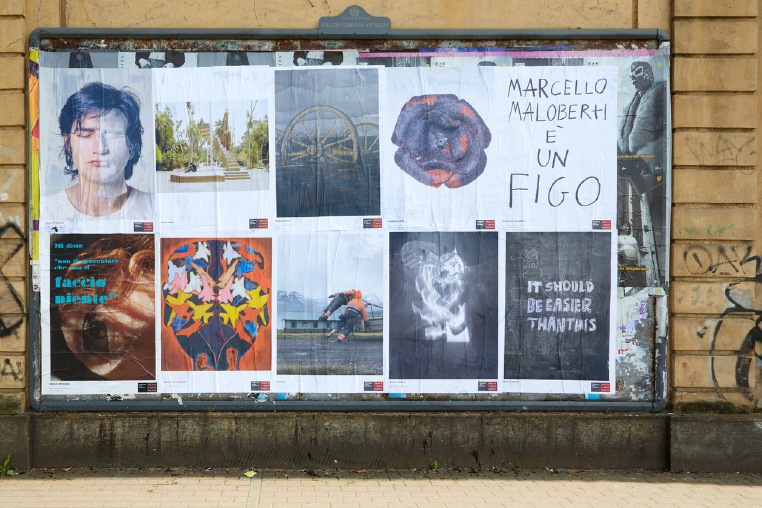
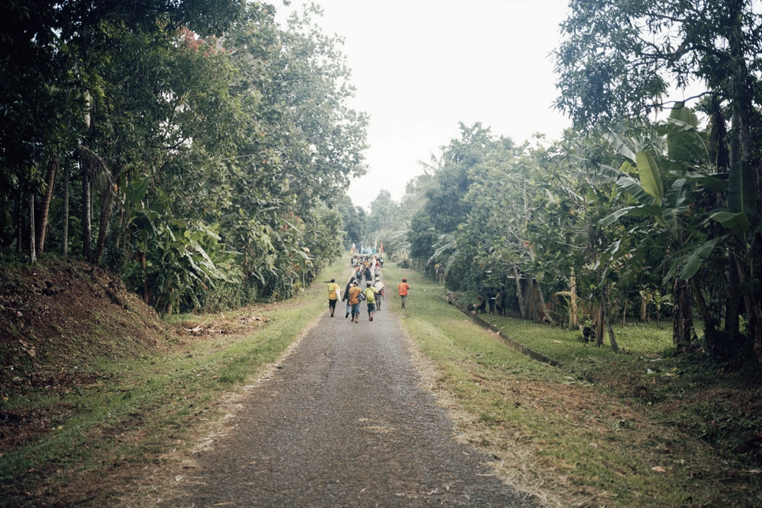
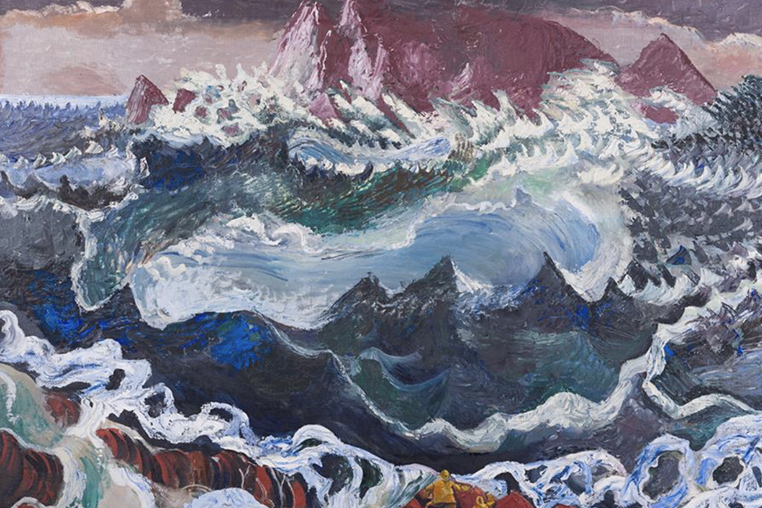
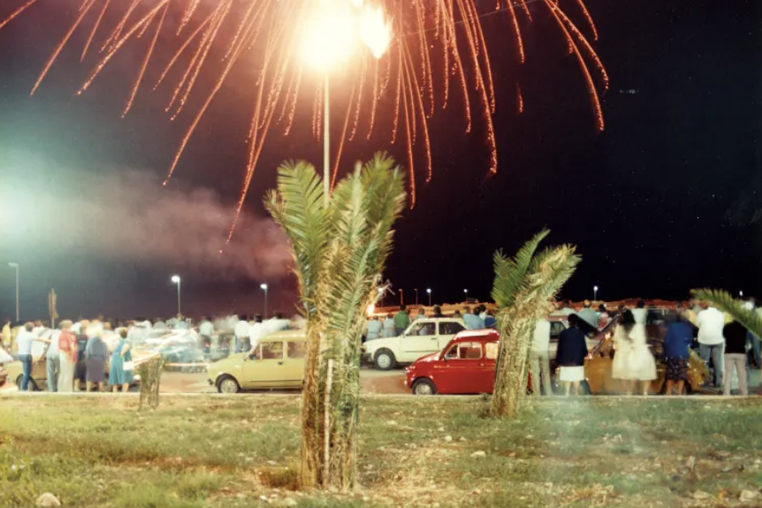
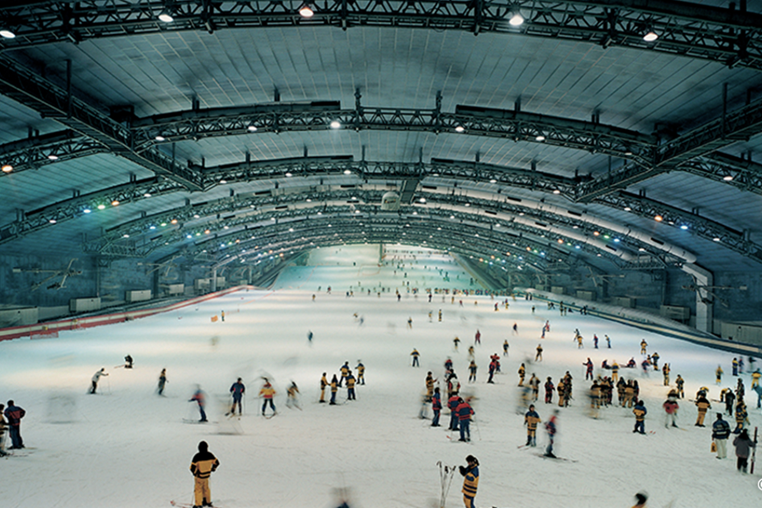
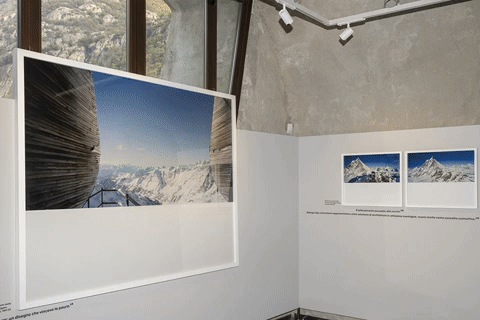
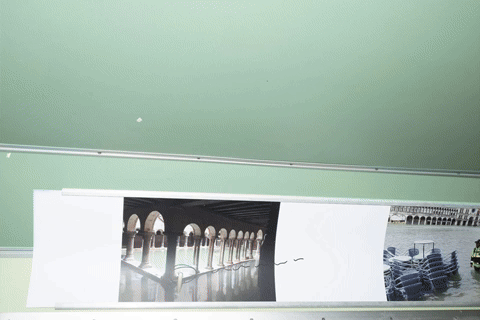
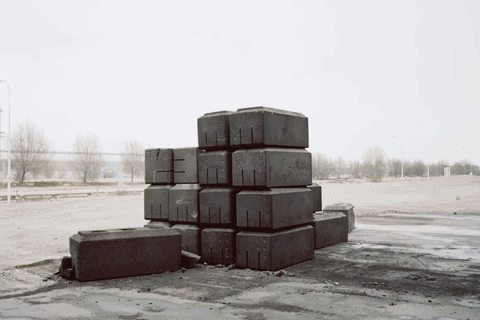
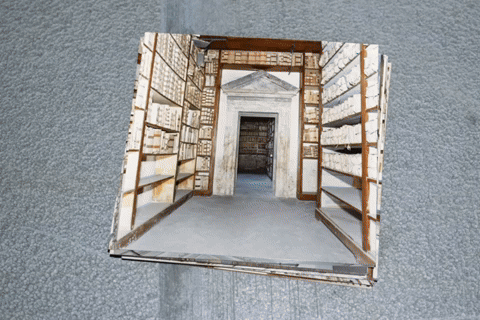


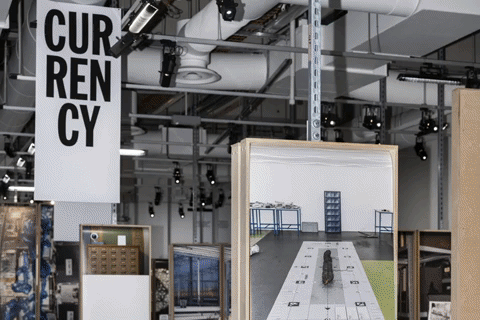
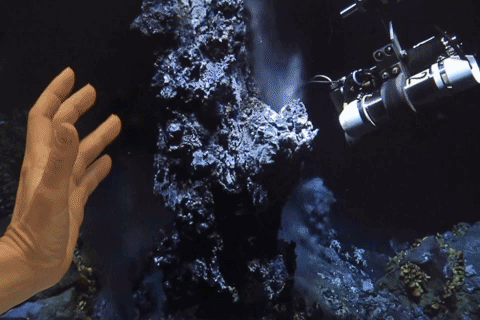

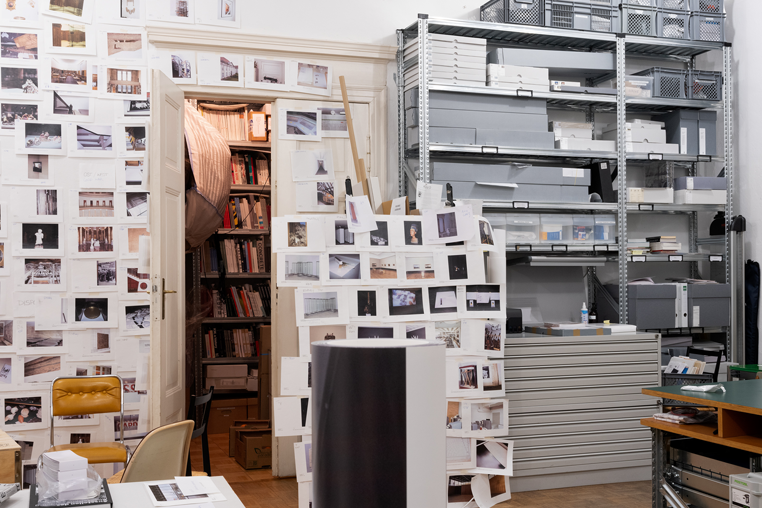
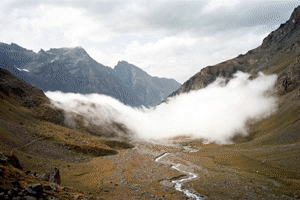

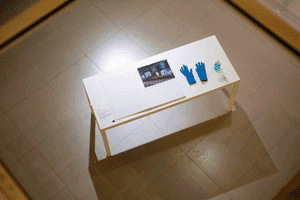
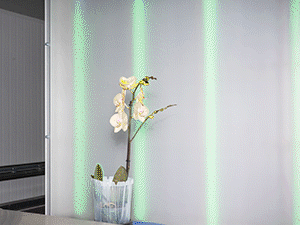
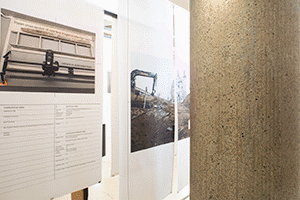
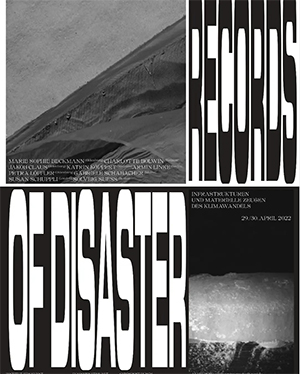

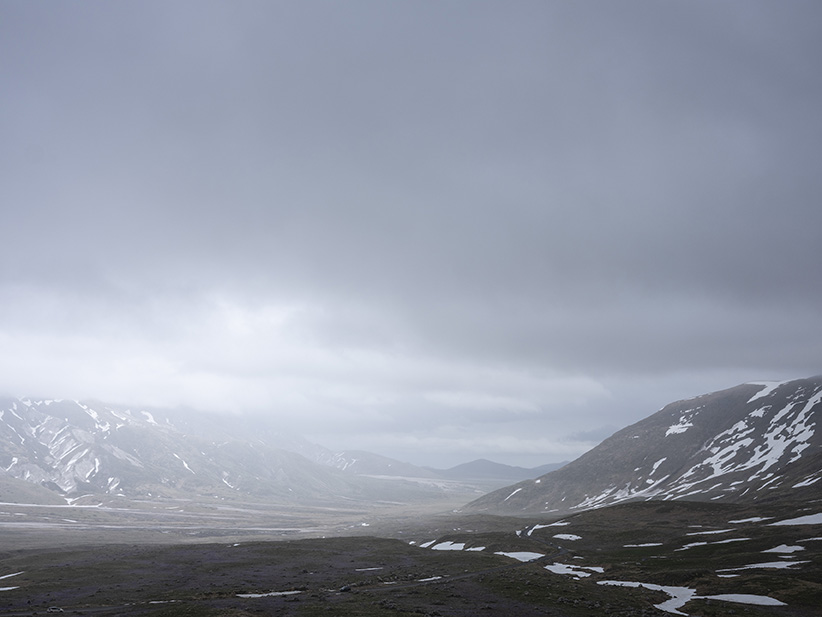
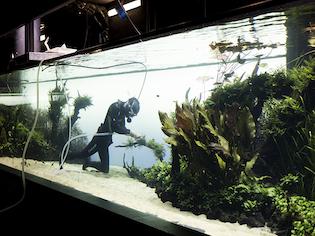
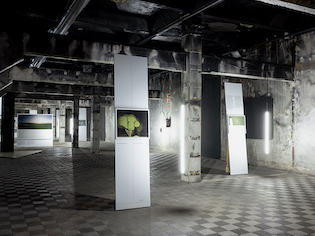
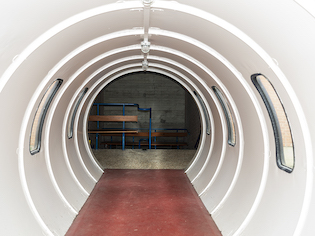
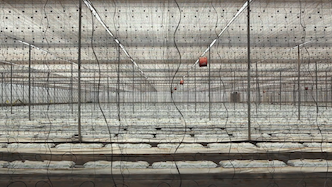
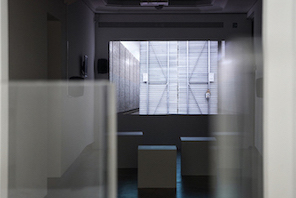
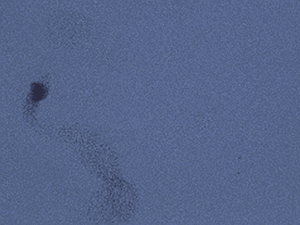
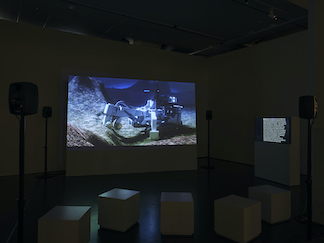
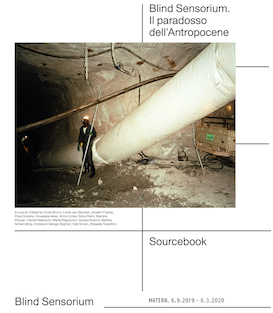
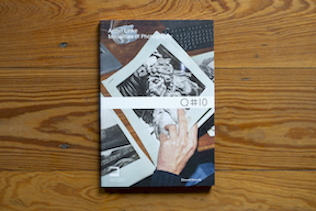


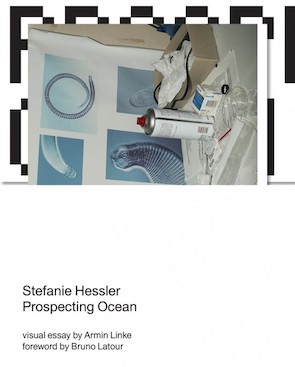
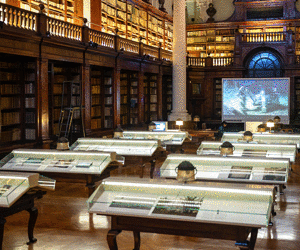
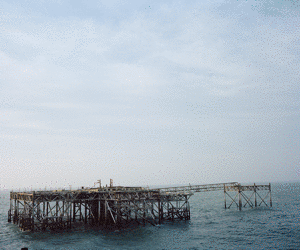


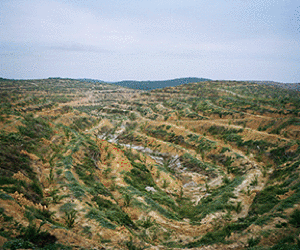
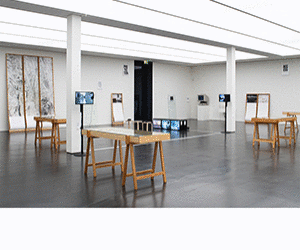

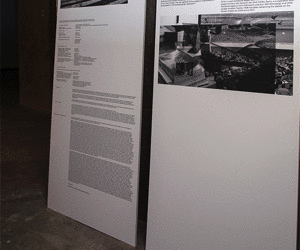


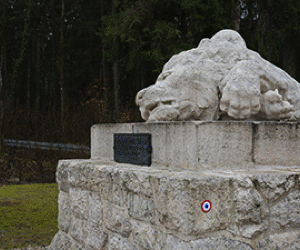

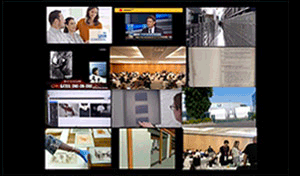
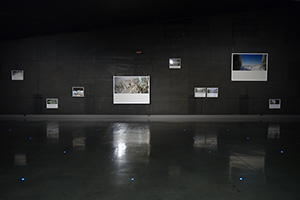

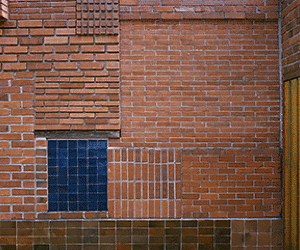

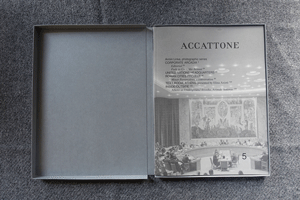
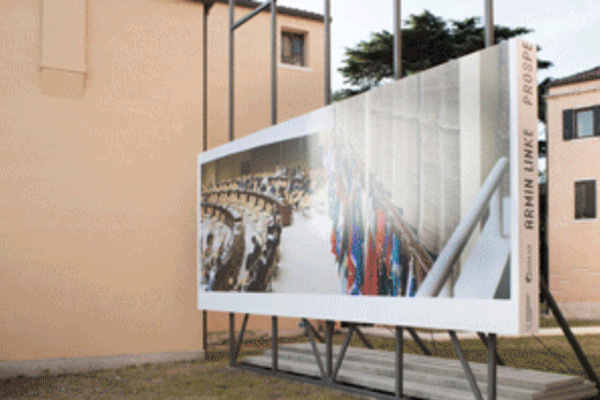
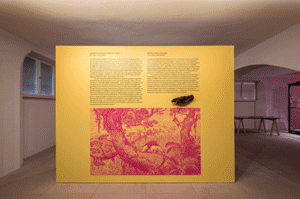

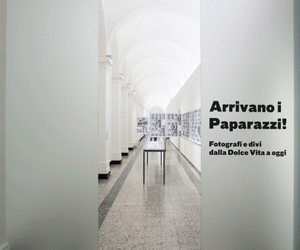
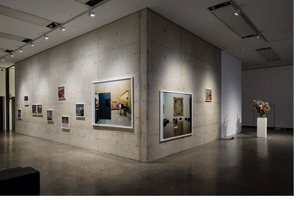

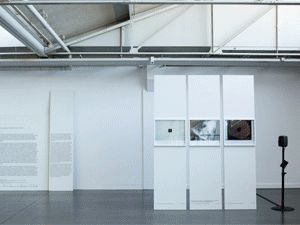
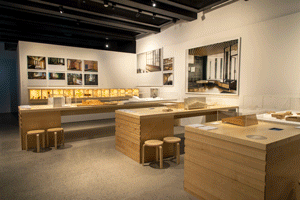
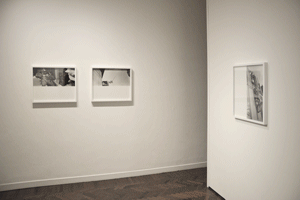
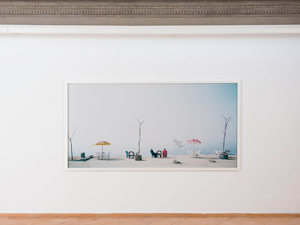
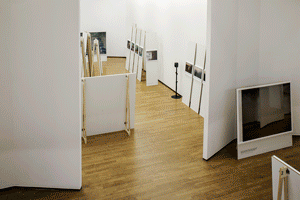
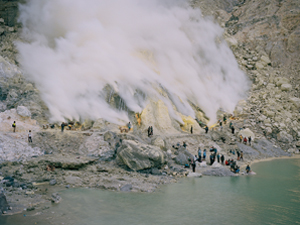


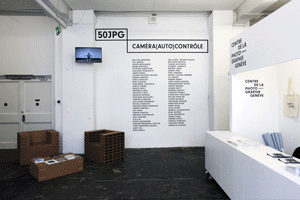
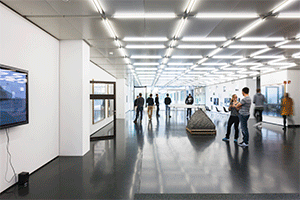
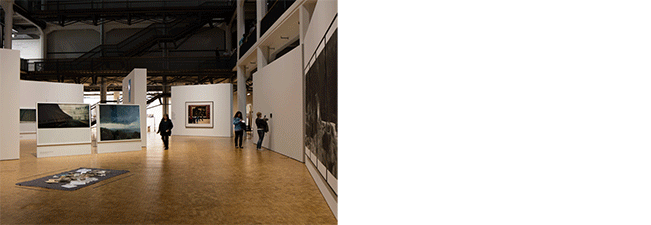
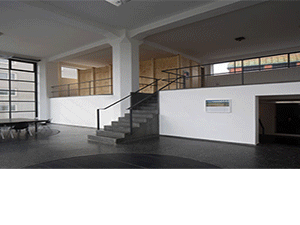
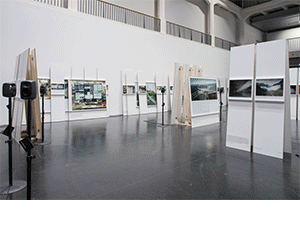

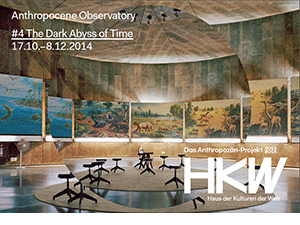
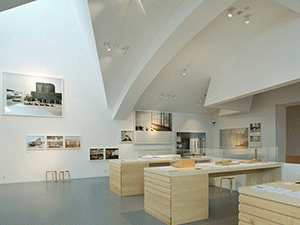
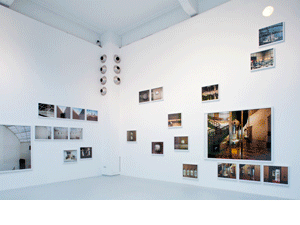
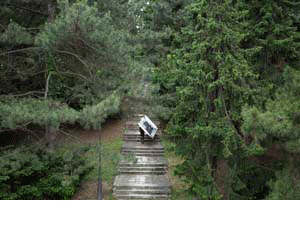




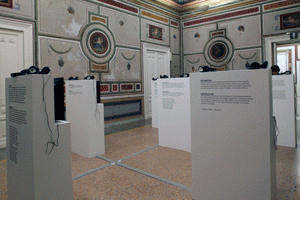
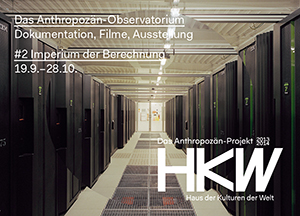
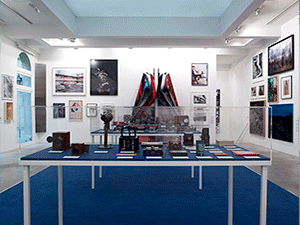
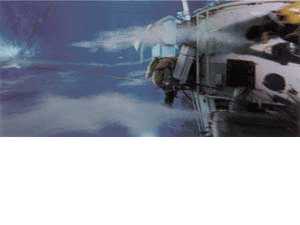

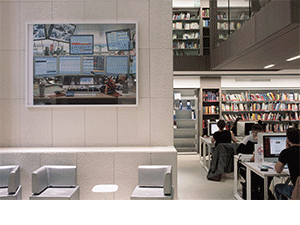
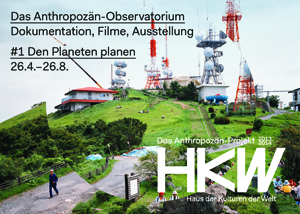
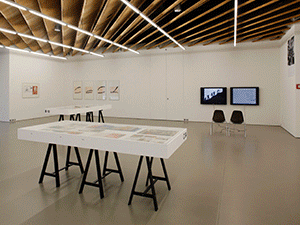
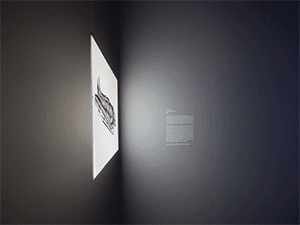

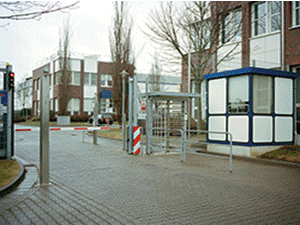
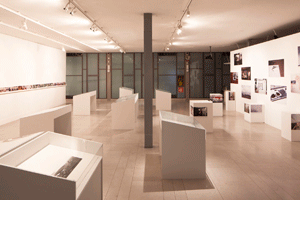
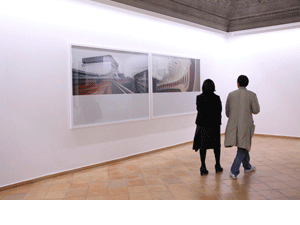
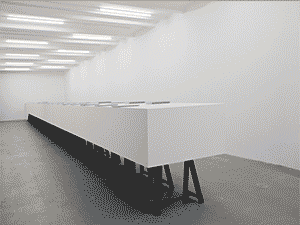
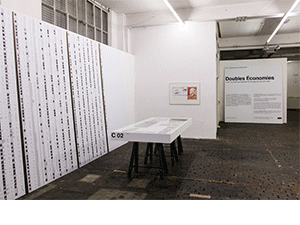
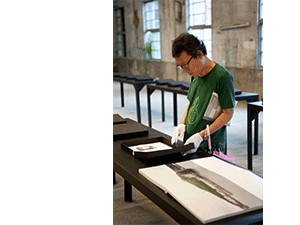
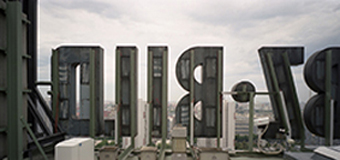
Bild Zeitung signpost on top of the Axel-Springer Verlag building Berlin Germany 2009
© Armin Linke 2012


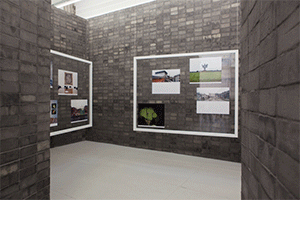

Armin Linke, the graphic designer Cornel Windlin as well as the writer and curator Doreen Mende will be present.
Arsenal Berlin
Alpi website

1978_668_174 (portrait exhibition)
© Museum of Yugoslav History
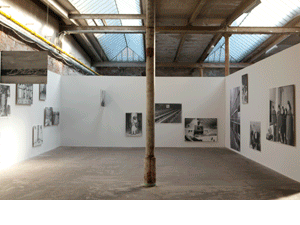
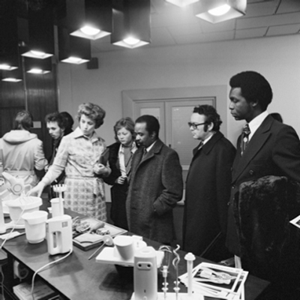
Reinhard Mende: 04439_05 Vertreterempfang in Falstaff Rundgang Minister Mozambique 16.03.1978
(c) Reinhard Mende / PRODUZIEREN 2012

2012 from the project Paparazzi
photo copyright by Corrado Calvo (c)
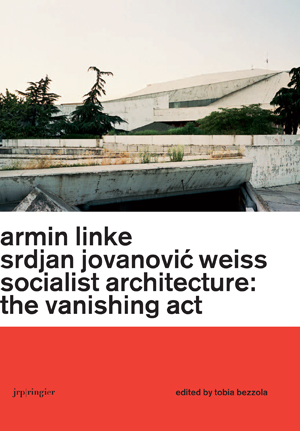
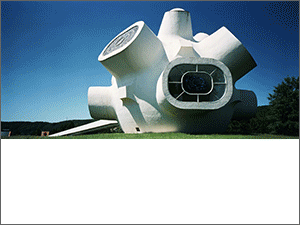

Peter Weibel has invited the following artists to exhibit in the main project: Kader Attia, Chen Chieh-jen, EVOL, Claire Fontaine, Susan Hiller, Rebecca Horn, Manabu Ikeda, Shilpa Gupta, Armin Linke,

Friday, September 16th, 7pm
panel discussion with Fulvio and Napoleone Farrari, Wilfried Kuehn and Armin Linke.
moderation: Chris Dercon
The exhibition is organised by Haus der Kunst in cooperation with Wilfried Kuehn
(curator and architect, Berlin) and Armin Linke (artist and curator, Berlin)

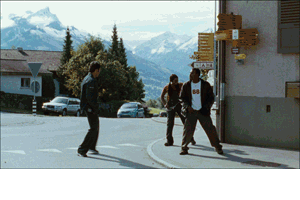
Armin Linke - ALPI, 60min
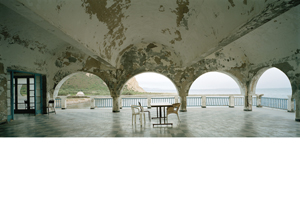
Groupshow with DESERTMED
Meclis-i Mebusan Ave. Liman Işletmeleri
Sahasi Antrepo No:4 Karaköy - ISTANBUL
www.istanbulmodern.org
www.desertmed.org
the French curatorial structure le peuple qui manque presents Que faire ? Art, Film, politique - What is to be done? Art, Film, Politics. During these days, this event want to get a fix about the new critical strategies and current
reconfigurations of the bonds between Art & Politics in contemporary Art and more specifically in artists films and videos. The event consists of videos screenings - and of a critical symposium with artists and thinkers
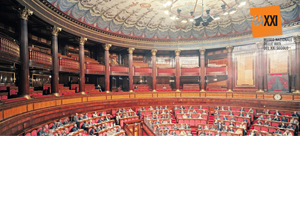
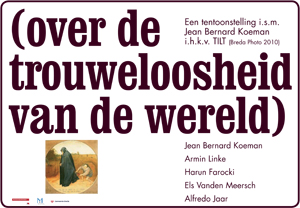
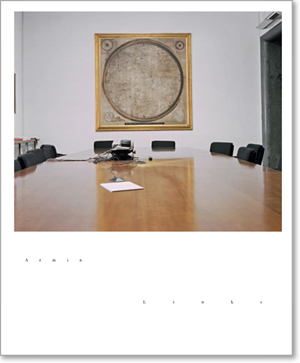
At the end of 2006, Italian photographer Armin Linke was commissioned by the Ministry of Cultural Heritage and Activities to realize a reportage. For this commission, the artist proposed a photographic mapping of all the institutions housed in various historical buildings in Rome. His research attempted to carry out both a documentation of and an inquiry into the characteristics of public institutions. The result is a portrait of the Italian State through the understanding
of the architectures in which functions and ceremonies are performed daily. Including excerpts from Giorgio Agamben′s recent book "Il Regno e la Gloria", the publication invites a critical reading of the representation of power, while displaying very rarely seen interiors and details of the government′s settings in an objective style typical of Linke′s images.
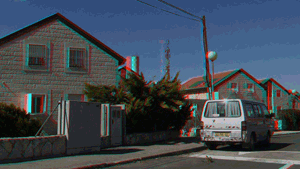
Armin Linke, Francesco Mattuzzi - Future Archaeology, Italy/Germany, 20min (documentary, in cooperation with decolonizing architecture, a project by Sandi Hilal, Alessandro Petti, Eyal Weizman)
labiennale.org



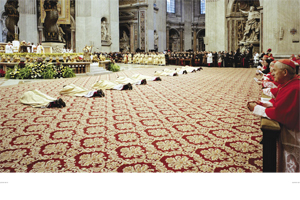
Der italienische Fotograf Armin Linke ist ein Weltreisender auf der Suche nach den Wunden und Narben, die der Mensch seinem Heimatplaneten zufügt. In seinem neusten Bildband «Il corpo dello Stato» (dt.: «Der Körper des Staates») zeigt er die Schauplätze römischer und katholischer Politik und blickt in die Schaltzentralen des Machtapparats.
Gleichzeitig offenbaren Linkes Fotografien mit einer Faszination für das Überdimensionale aber auch eine unheimliche Schönheit. Keine Frage: Linke ist einer der wichtigsten Fotochronisten unserer Zeit.
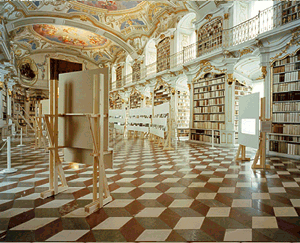
Phenotypes/Limited Forms enables visitors to make use of Linke′s online archive of photographs. This includes images of locations in Nigeria, China and Cyprus, of the G summit in Genoa, a NASA base in California and of the documenta exhibition. Phenotypes/Limited Forms eschews the usual "Please do not touch" approach of the museum and the authoritative stance adopted by artist and curator when they stipulate that an artwork
is the completed and conclusive form in which it is to be presented. Because the visitor can make their own personal selection from the archive, they become, as it were, a temporary "curator". Linke does not allow visitors to simply react to his work, but encourages these to actively and consciously make their own decisions.
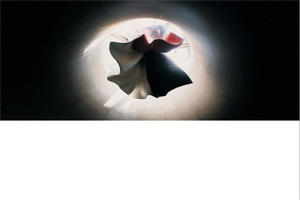
Weil keine eindeutigen und tradierten bildlichen Metaphern zu erkennen sind, entziehen sich die Aufnahmen einer einfachen Kategorisierung durch eine sprachliche Deutung. Der Fotograf sucht explizit nach dem visuellen Wissen, das im kollektiven visuellen Gedächtnis (noch) nicht mit sprachlichen Klischees verbunden ist. Die Ausstellung im Heidelberger Kunstverein gewährt nun zum ersten Mal in dieser Größe Einblick in Linkes Archiv.
Neben den ausgestellten Abzügen bietet sie die Möglichkeit, das
Gesamtarchiv in digitaler Version zu durchstöbern. Mit einer neuen Software lassen sich
einzelne Archivbilder auswählen und zu einem individuell edierten Buch zusammenstellen,
welches auf Bestellung gedruckt und an den jeweiligen "Redakteur" versandt wird.
Heidelberger Kunstverein
HDKV_Armin_Linke.pdf
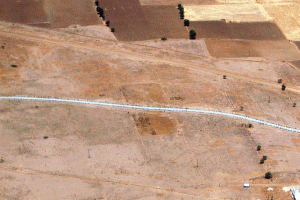
Für seine Arbeit über die Green Line auf Zypern greift Linke auf die umfangreiche Sammlung
fotografischer Dokumente des UN-Archivs zurück. Anstatt selbst unter schwierigsten Bedingungen weitere Bilder
zu produzieren - das Fotografieren der Zone entlang der Green Line ist strengstens verboten - bedient er sich des,
zum Großteil von Soldaten der Stabstelle für Kommunikation aufgenommenen Materials aus dem "Inneren des Systems".
Das Verschwimmen der Grenze zwischen Fiktion und Realität, das Linke in seinen eigenen Arbeiten immer wieder aufzeigt,
stellte er auch bei der Sichtung dieses Materials fest, wo oft unklar ist, ob die Bilder "reale" Situationen abbilden
oder Übungen von Ernstfällen, ob sie extra für das Foto arrangiert wurden oder zu reinen Dokumentationszwecken aufgenommen wurden.
Der Idee des Archivs als konzeptionellem Rahmen folgend selektiert und kategorisiert er diese
Aufnahmen nach typologischen und dramaturgischen Kriterien und lenkt so den Blick des Betrachters auf Analogien und
Details der Landschaft wie auch auf die Art und Intention der Aufnahmen selbst. In sechs, für die Ausstellung im aut
zusammengestellten Fotobüchern zeigt er etwa eine endlose Serie von weiß gestrichenen UN-Beobachtungstürmen oder
Luftaufnahmen von Kontrollposten, die willkürlich die Landschaft zerschneiden. Durch die Sortierung und Zusammenstellung
wandelt sich das ursprünglich rein dokumentarische Archiv in ein schonungsloses Dokument, das ein gleichzeitig poetisches
wie verstörendes Bild dieser letzten Mauer Europas entstehen lässt.
Webseite aut

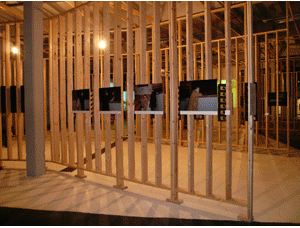
The ‘Straubs’, as Danièle Huillet and Jean-Marie Straub are often called, are among the most outstanding, and yet widely unknown contemporary filmmakers in the history of cinema. Jean-Marie Straub and Danièle Huillet worked together for over 40 years until Danièle Huillet′s death in October 2006. Since the early 1960s their radical approach towards filmmaking allowed them to create almost 30 very diverse films; they treated and transformed literature by Kafka, Pavese and Hölderlin, as well as the paintings of Cézanne, cantatas by Bach and operas by Schönberg.
Contributors: Chantal Akerman, Pietro Bianchi, Manon de Boer, Robert Bramkamp, Vanessa Brito, Giulio Bursi,
Rinaldo Censi, Merel Cladder, Anna Fiacciarini, Jack Henrie Fisher, Peter Friedl, Kim de Groot, Romano Guelfi, Tim Liebe, Armin Linke,
Laura Malacart, Sally Shafto, Ines Schaber, Eyal Sivan, Benoît Turquety, Barbara Ulrich, Klaus Volkmer, Susanne Weiric
extracity.org/
curated by: Annett Busch, Florian Schneider

an interdisciplinary collaboration between HfG Karlsruhe University of Arts and Design and Starflag project, Center for Statistical Mechanics and Complexity (SMC) of CNR-INFM Rome
by
Ulrike Barwanietz, Maša Bušic, Irene Giardina, Herwig Hoffmann, Johanna Hoth, Giuseppe Ielasi, Samuel Korn, Armin Linke, Renato Rinaldi, Marc Teuscher
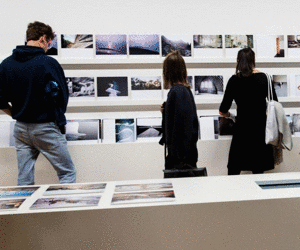
Installation View, YOU_ser 2.0, ZKM Karlsruhe, 2008
28 Bienal de São Paulo, 2008
(in collaboration with Peter Hanappe)
How can curatorial selection processes be presented as
part of an artistic work in museum contexts? How can
interactive internet applications be transferred to
physical space? Where does it lead when authorship is
extended to the visitor? The installation Phenotypes /
Limited Forms, was presented from October, 2007 –
January, 2009, in the exhibition "YOU_ser: The Century
of the Consumer" at the Zentrum für Kunst und
Medientechnolgie (ZKM) Karlsruhe.
Exploring the meaning of the individual image within a
picture archive, illustrating the conditions of its
production and use. Relocating Armin Linke′s photo
archive into the museum space, the installation takes
the artist′s studio situation and proposes a serviceable
experimental arrangement: the visitor can view a
thousand images, select works, group them, present a selection on the wall, print their selection as a unique
edition, the title assigned is then projected in the
exhibition space.
These actions of individuals become
the basis from which later visitors are received. The
installation builds on the concept of a virtual book on
demand accessible through arminlinke.com. The
project is the formed through the cooperation between
Armin Linke, Peter Hanappe (Sony Computer Science
Laboratory, Paris), Alex Rich (London), Peter Weibel
(ZKM), and the programme in exhibition design and
curatorial practice at the Hochschule für Gestaltung.
The resulting collective process of selection from
Linke′s photo archive confirms that Phenotypes /
Limited Forms is not a finished object for presentation
but rather a space for production.
Doreen Mende, Karlsruhe, 2009
DISPLAYER Interview with Armin Linke and Peter Hanappe
Museum für Gegenwartskunst Siegen
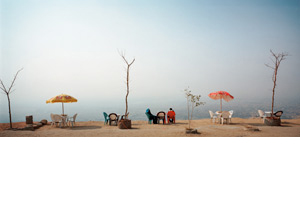
Cairo, 2006, C-Print, 150 x 200 cm

Deserted Islands of the Mediterranean
A Project by Amedeo Martegani,
Armin Linke, Giovanna Silva,
Giuseppe Ielasi, Renato Rinaldi,
Giulia Di Lenarda
Desertmed.org
A research which tells about spaces, sounds and reasons of the deserted islands of the Mediterranean, using photography, drawings, digital audio and video.More than 200 deserted islands have been counted.
At Villa Romana, for the first time, there will be presented the materials, which have been collected during the first two travels to the Dodecanese and to the Ionian Sea.
PDF ital.
PDF deutsch

Armin Linke
Three Gorges Dam, Yichang (Hupeh) China 1998
Ghazi Barotha hydroelectric scheme, workers
praying Hattian, Pakistan 1999
Star City ZPK, Moscow, Russia 1998
Polar Cap, Artic North Pole 2001
C–type print 150 x 200 cm
Giovanni Segantini
Death (from the Alpen Triptych 1898 – 1899)
Courtesy Segantini Musem, St Moritz
Oil on canvas 190 x 322 cm
Film stills from Armin Linke's
video installation "Alpi Film Project" (2008)
Courtesy the artist © Armin Linke,
Renato Rinaldi, Piero Zanini